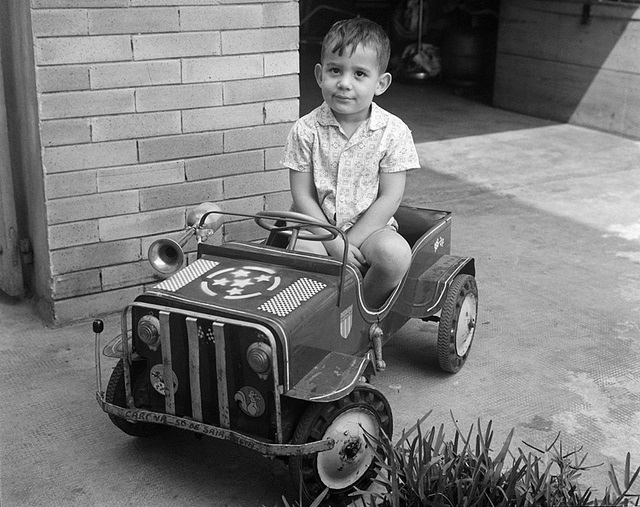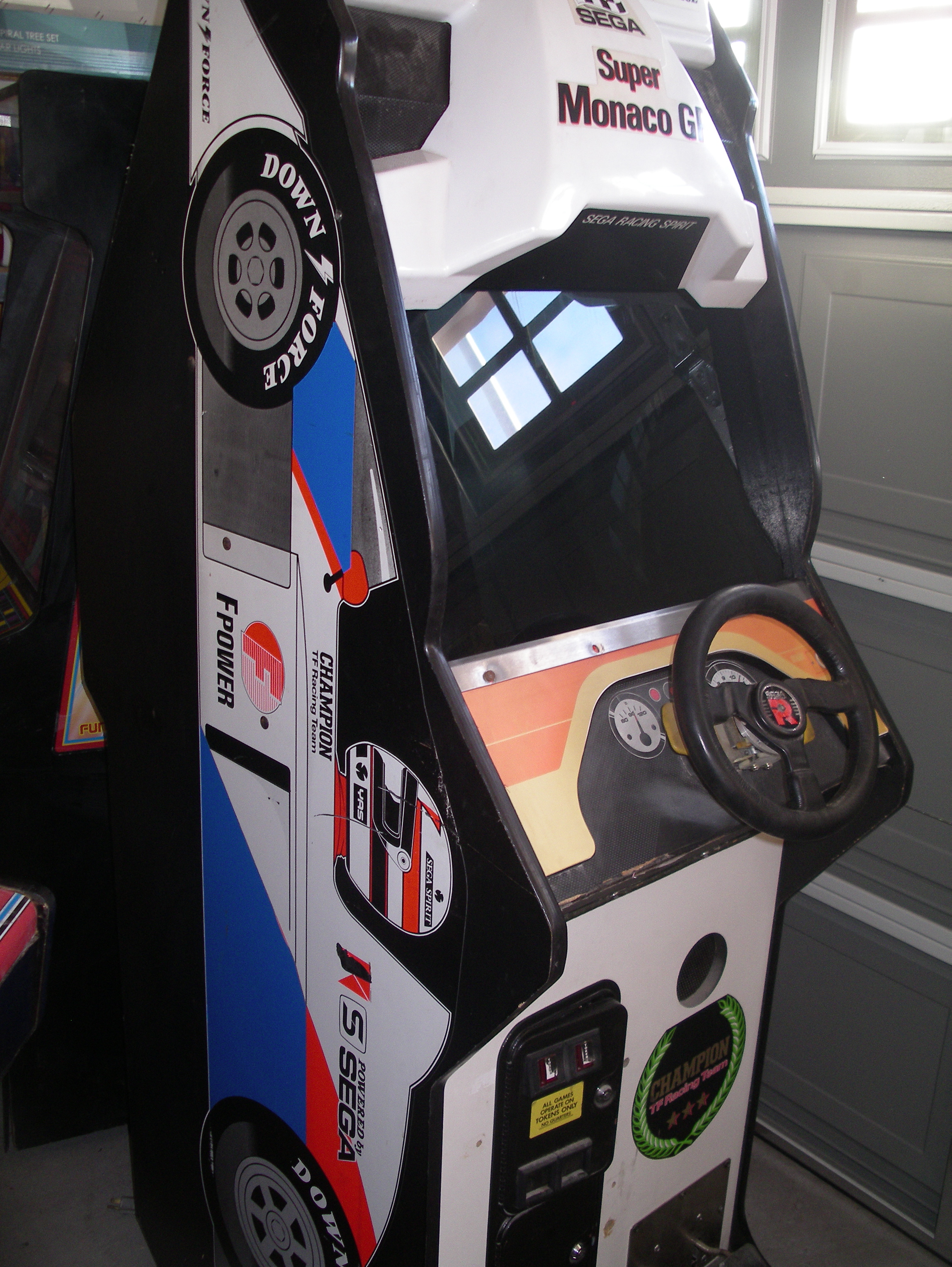|
Formula One Video Games
Ever since ''Pole Position'' in 1982, Formula One (F1) has always played a part of the Racing game, racing genre in video games. Early Formula One games were typically arcade racing games, before ''Formula One Grand Prix (Geoff Crammond), Formula One Grand Prix'' (1991) popularized Formula One racing simulations on home computers. History Early roots and arcade games (1974–1990s) The roots of Formula One games can be traced back to 1974, with arcade racing games such as ''Speed Race'' by Taito and ''Gran Trak 10'' by Atari which depicted F1-like cars going on a race track. Two years later, ''F-1 (arcade game), F-1'' (1976) by Namco has been cited as the first truly Formula One arcade game, but it was an Electro-mechanical games, electro-mechanical game, rather than an arcade video game. The first successful Formula One video game in arcade history was ''Pole Position (arcade game), Pole Position'' (1982), by Namco. In ''Pole Position'', the player has to complete a lap in a cer ... [...More Info...] [...Related Items...] OR: [Wikipedia] [Google] [Baidu] |
Pole Position
In a motorsports race, the pole position is usually the best and "statistically the most advantageous" starting position on the track. The pole position is usually earned by the driver with the best qualifying times in the trials before the race, although penalties may award it to the second fastest driver, as the pole position is statistically awarded to the driver starting in first position. The number-one qualifying driver is also referred to as the pole-sitter. The pole position starts the race "at the front of the starting grid. This provides the driver in the pole position the privilege of starting ahead of all the other drivers". Grid position is typically determined by a qualifying session before the race, where race participants compete to ascend to the number 1 grid slot, the driver, pilot, or rider having recorded fastest qualification time awarded the advantage of the number 1 grid slot (i.e., the pole-position) ahead of all other vehicles for the start of the race. ... [...More Info...] [...Related Items...] OR: [Wikipedia] [Google] [Baidu] |
Electro-mechanical Games
Electro-mechanical games (EM games) are types of arcade games that operate on a combination of some electronic circuitry and mechanical actions from the player to move items contained within the game's cabinet. Some of these were early light gun games using light-sensitive sensors on targets to register hits, while others were simulation games such as driving games, combat flight simulators and sports games. EM games were popular in amusement arcades from the late 1940s up until the 1970s, serving as alternatives to pinball machines, which had been stigmatized as games of chance during that period. EM games lost popularity in the 1970s, as arcade video games had emerged to replace them in addition to newer pinball machines designed as games of skill. Definition EM games typically combined mechanical engineering technology with various electrical components, such as motors, switches, resistors, solenoids, relays, bells, buzzers and electric lights. EM games lie somewhere in the ... [...More Info...] [...Related Items...] OR: [Wikipedia] [Google] [Baidu] |
3D Computer Graphics
3D computer graphics, sometimes called Computer-generated imagery, CGI, 3D-CGI or three-dimensional Computer-generated imagery, computer graphics, are graphics that use a three-dimensional representation of geometric data (often Cartesian coordinate system#Cartesian coordinates in three dimensions, Cartesian) that is stored in the computer for the purposes of performing calculations and rendering digital images, usually 2D images but sometimes 3D images. The resulting images may be stored for viewing later (possibly as an Computer animation, animation) or displayed in Real-time computer graphics, real time. 3D computer graphics, contrary to what the name suggests, are most often displayed on two-dimensional displays. Unlike 3D film and similar techniques, the result is two-dimensional, without visual depth perception, depth. More often, 3D graphics are being displayed on 3D displays, like in virtual reality systems. 3D graphics stand in contrast to 2D computer graphics which t ... [...More Info...] [...Related Items...] OR: [Wikipedia] [Google] [Baidu] |
Nigel Mansell's World Championship
''Nigel Mansell's World Championship Racing'' is an arcade-style Formula One racing video game developed by Gremlin Graphics and released for various systems. The game was largely successful on Amiga and DOS platforms, and was consequently ported to home consoles. Gameplay The player can race a single race, participate in a season of Formula One, or practice their skills on a particular race track. The changing of the tyres is mandatory in the pit lane during the middle of each race, and weather can determine whether the player should use hard tyres, soft tyres, or rain tyres. Before the beginning of the race, it is possible to change some aspects of the car, such as spoilers, tyres and gearbox. Being licensed by Nigel Mansell, the game followed the 1992 Formula One season, which he won. The player takes on Mansell's role to try to win the title against eleven other real-life drivers that were still active in their careers by the time the game was launched. Like Sega's own ' ... [...More Info...] [...Related Items...] OR: [Wikipedia] [Google] [Baidu] |
Ayrton Senna
Ayrton Senna da Silva (; 21 March 1960 – 1 May 1994) was a Brazilian racing driver, who competed in Formula One from to . Senna won three Formula One World Drivers' Championship titles with McLaren, and—at the time of his death—held the record for most pole positions (65), among others; he won 41 Grands Prix across 11 seasons. Born and raised in São Paulo, Senna began competitive kart racing aged 13; his first go-kart was built by his father using a lawnmower engine. After twice finishing runner-up at the Karting World Championship, Senna progressed to Formula Ford in 1981, dominating the British and European championships in his debut seasons. He then won the 1983 British Formula Three Championship amidst a close title battle with Martin Brundle, further winning the Macau Grand Prix that year. Senna signed for Toleman in , making his Formula One debut at the . After scoring several podium finishes in his rookie season, Senna moved to Lotus in to replace ... [...More Info...] [...Related Items...] OR: [Wikipedia] [Google] [Baidu] |
Ayrton Senna's Super Monaco GP II
is an arcade-style Formula One racing video game developed and manufactured by Sega for the Sega Genesis, Master System, and the Game Gear in 1992. It is a follow-up to '' Super Monaco GP''. The game was also endorsed by, and had technical input from, the then-Formula One champion Ayrton Senna. Gameplay includes a World Championship season featuring recreations of the tracks in the 1991 Formula One World Championship, along with a three-race "Senna GP" mode set on fictional tracks. The game was initially suggested by Sega's distributor in Brazil, Tec Toy, but developed by Sega in Japan. The game's development was also assisted by Senna, who personally supplied his own advice about the tracks featured in the game. Reception to ''Ayrton Senna's Super Monaco GP II'' was mixed to positive, with reviewers praising the gameplay and the graphics but criticizing too few changes from ''Super Monaco GP''. Gameplay Based on Formula One, ''Ayrton Senna's Super Monaco GP II'' features 1 ... [...More Info...] [...Related Items...] OR: [Wikipedia] [Google] [Baidu] |
Super Monaco GP
is a Formula One racing simulation video game released by Sega, originally as a Sega X Board arcade game in 1989, followed by ports for multiple video game consoles and home computers in the early 1990s. It is the sequel to the 1979 arcade game '' Monaco GP''. The arcade game consists of one race, the Monaco Grand Prix, but later ports added more courses and game modes based on the 1989 Formula One World Championship. The original concept for ''Super Monaco GP'' came from Hisao Oguchi, who was at the time a game planner with Sega. The arcade game contained parodies of actual brands that were sponsors in Formula One, which led to a lawsuit from Philip Morris over advertising of tobacco products. Shortly after the arcade game launch, ''Super Monaco GP'' was ported to Sega's video game consoles, the Genesis, Game Gear, and Master System. British developer U.S. Gold published ports for home computers. The arcade game was a major worldwide hit; in Japan, it was the third highest ... [...More Info...] [...Related Items...] OR: [Wikipedia] [Google] [Baidu] |

